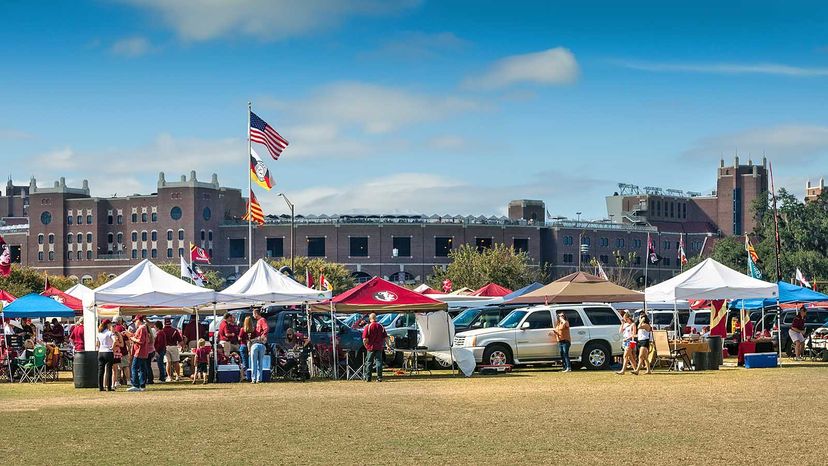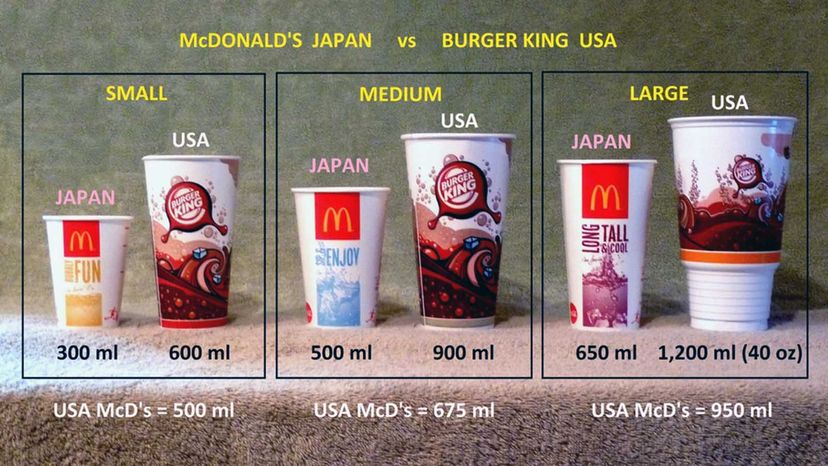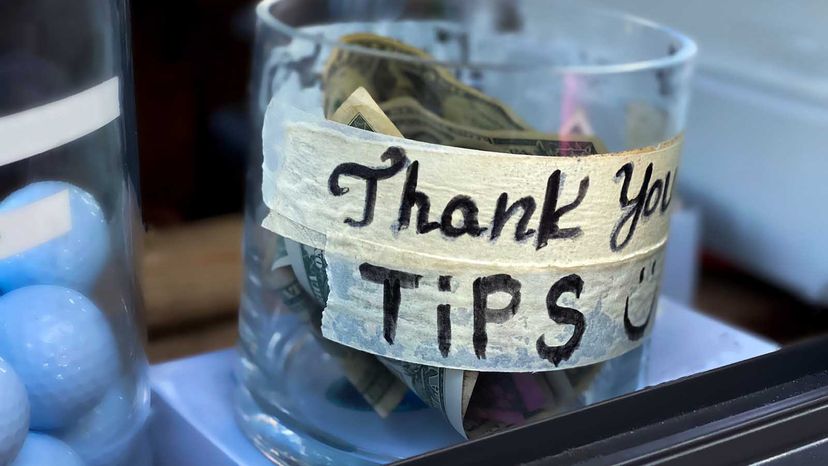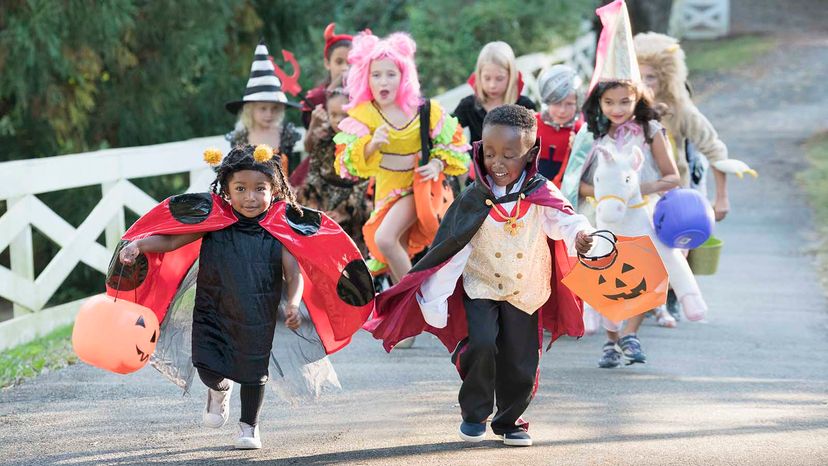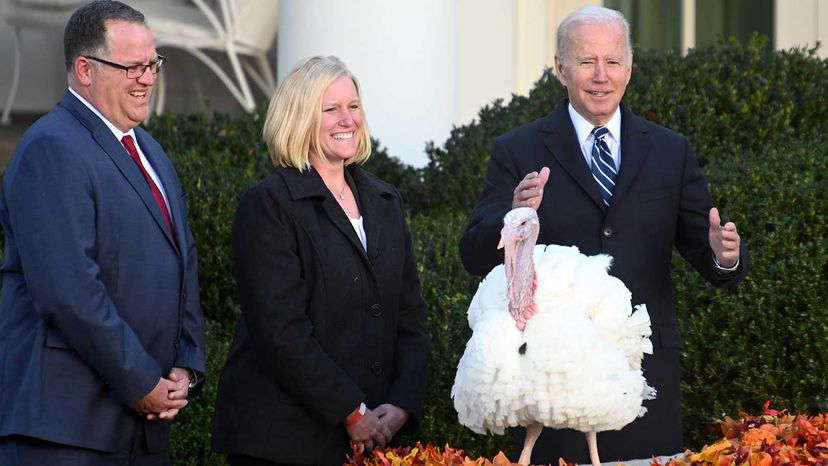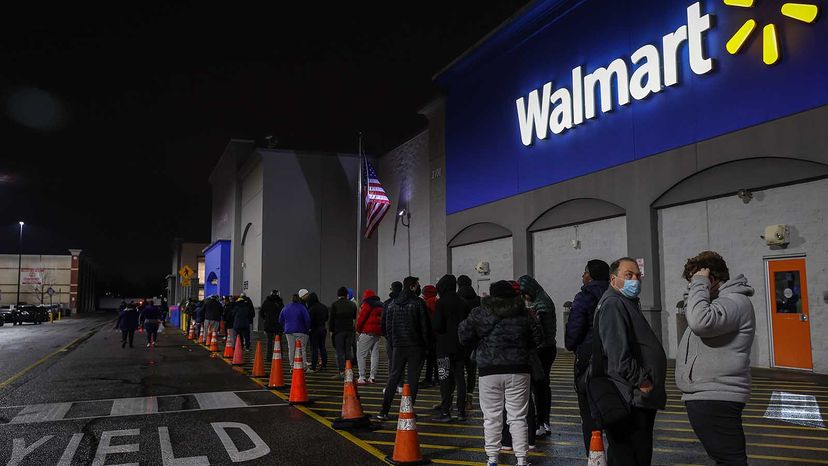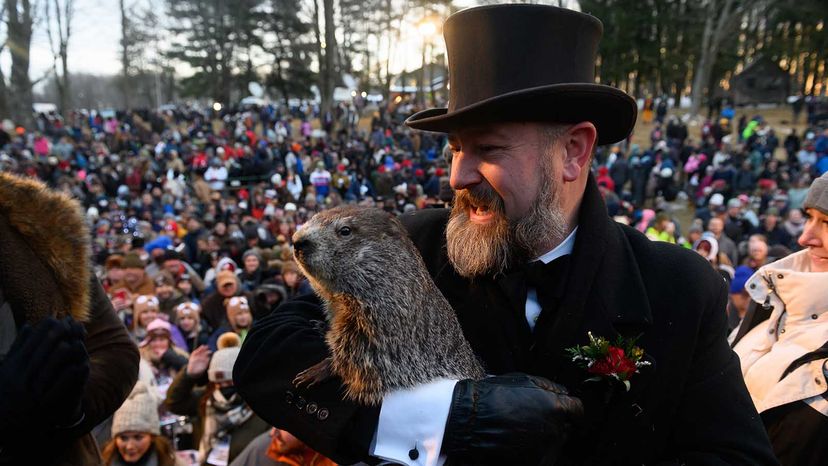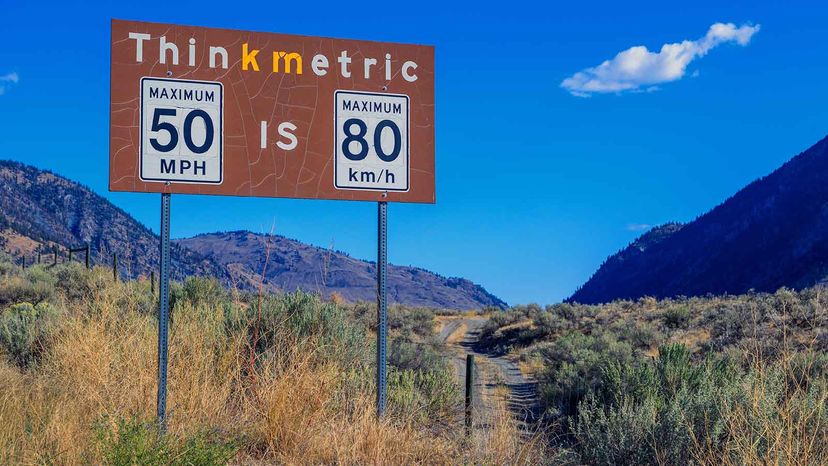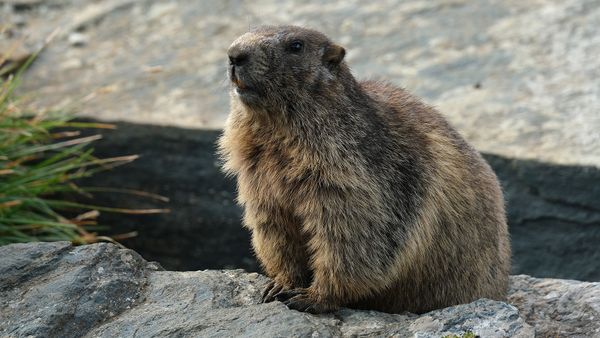
How do you plan on celebrating New Year's Eve this year? Will you run around the neighborhood, chucking old dishware at people's front doors? If you live in Denmark, you might do just that. Or perhaps you'll pick some famous person or event that made a splash in the news during the year, construct an effigy, then light it on fire and watch it burn. Doesn't sound like you? It might if you are Ecuadorian.
Traditions vary widely around the world, and the ways of one society often seem downright wacky to others. American culture and traditions, thanks to the hard work of Hollywood and other arms of the nation's media multiplex, have become well-known in most corners of world. But that doesn't always mean people in other countries find some of these customs less bizarre than Americans consider theirs.
Advertisement
Let's look at 10 traditions Americans celebrate without even considering how strange the rest of world consider them.
